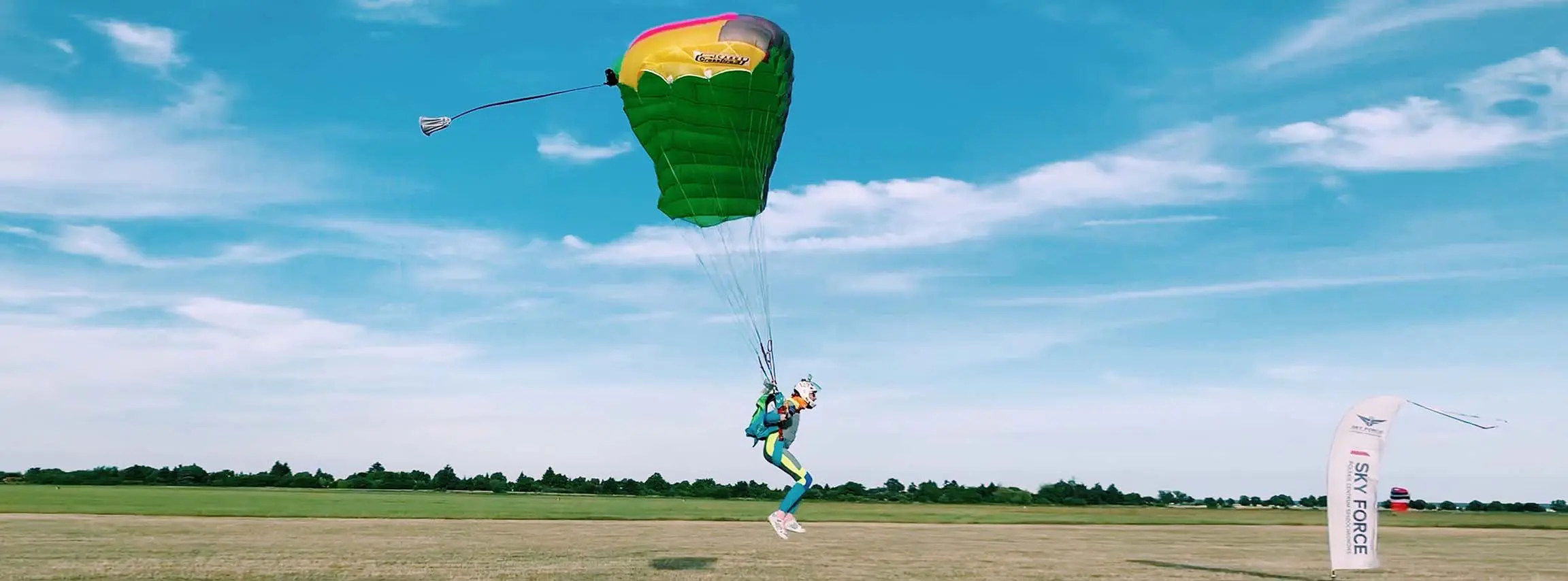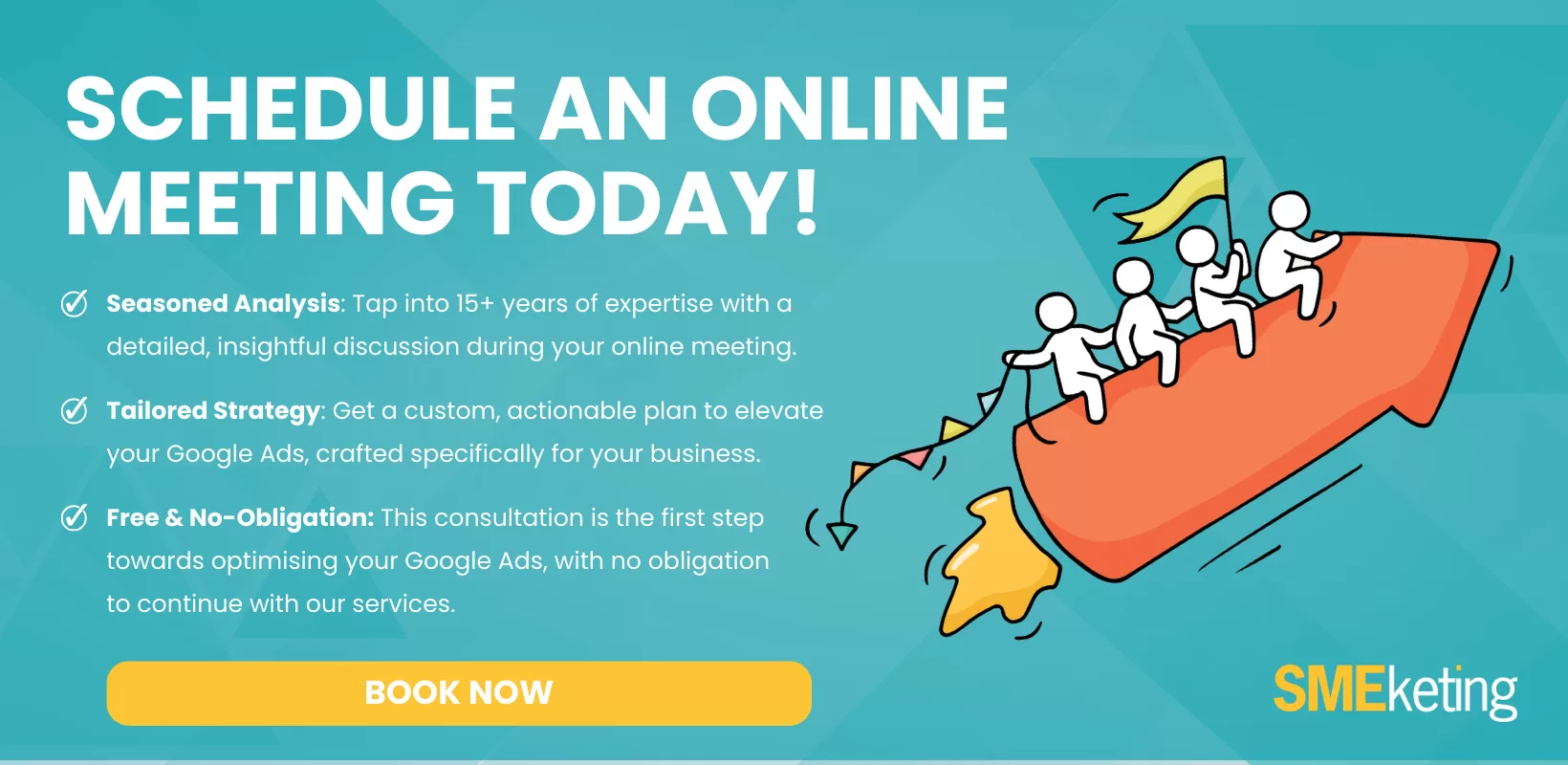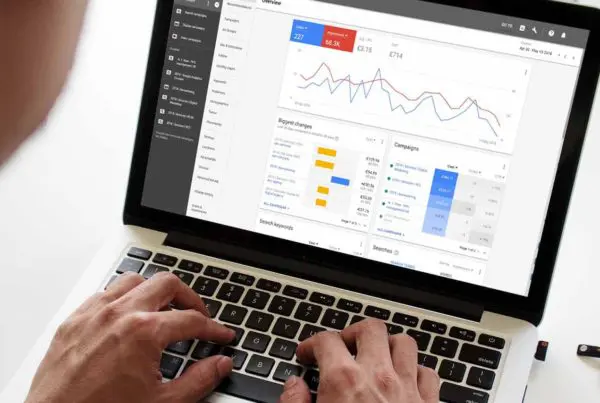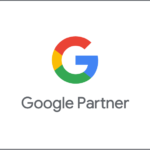If created well, landing pages can be used to make a ‘hard sell’. Not in a hammy, used car salesman way, but in the sense that you have visitors where you want them. Show them what they need to see, present the information with a focused message and hit them with some strong call to actions.
Landing pages allow you to create a pre-planned funnel/path, pushing visitors to complete those goals.
Crafting the Perfect ‘Hard Sell’
Selling doesn’t always mean shouting the loudest. On a landing page, the ‘hard sell’ is subtle. It’s about leading your visitors step by step toward a predetermined goal. Whether it’s signing up for a newsletter or making a purchase, your landing page should guide them effortlessly. The words you choose, the buttons they see, and even the colours you use all contribute to this objective.
Subtlety in Words
Choice of language can make a big difference. Avoid being pushy; instead, focus on conveying the value your product or service provides. Use customer testimonials or notable endorsements to lend credibility to your message.
How do you create good copy, effective call to actions, and how do you get people to do what you want? Well there’s no secret recipe I’m afraid. It’s a case of trial and error – test your landing pages and constantly tweak and amend them based on the results you get.
Here are some good call to action examples for lead generation based businesses:
- “Learn More” – Encourages further engagement without a high level of commitment.
- “Sign Up for Free” – Offers a no-cost way to engage, reducing the barrier for entry.
- “Get Started” – Implies a beginning of a journey or process, inviting users to take the first step.
- “Contact Us Today” – A direct invitation for communication, emphasizing immediacy.
- “Download Our Guide” – Offers valuable information in exchange for engagement.
- “Claim Your Free Trial” – Encourages users to try out a service without any initial investment.
- “Subscribe for Updates” – Good for building a mailing list and keeping potential leads informed.
- “Request a Callback” – Offers a personal touch, suggesting that the business will reach out directly.
- “Book Your Demo” – Especially effective for businesses with a product or service that can be demonstrated.
- “Join Our Community” – Invites people to be part of an exclusive group, fostering a sense of belonging.
These CTAs are versatile and can be adapted to various contexts and platforms, making them effective for a wide range of lead generation activities.
The Power of Testing
Testing various elements of a landing page helps you understand what resonates best with your audience, leading to higher conversion rates. Here are some key elements you might consider testing:
- Headline and Subheadline: The first thing visitors see. Testing different headlines can reveal what grabs attention and compels visitors to stay on the page.
- Call to Action (CTA): The phrasing, size, color, and placement of your CTA buttons can significantly impact conversion rates.
- Overall Design and Layout: The visual appeal and ease of navigation can affect user experience and engagement.
- Images and Videos: Different types of imagery or video content can influence the user’s perception and interest in your offering.
- Content and Copy: The tone, length, and style of the content can be altered to see what communicates your message most effectively.
- Forms: The length and types of fields in your forms can affect how likely visitors are to complete them.
- Testimonials and Reviews: Placement and presentation of social proof can boost credibility and trust.
- Colour Scheme: Colours evoke emotions and can impact how users feel about your landing page.
- Offers and Incentives: Testing different offers or incentives (like discounts or free trials) to see which are more compelling.
- Page Load Speed: Faster pages generally provide a better user experience and can positively impact conversion rates.
Regularly testing and optimising these elements can lead to a more effective landing page, resulting in better performance of your lead generation campaigns.
The Anatomy of a High-Converting Landing Page
Here are the main things you need to be aware of when creating landing pages:
Make sure the key information is above the fold
This goes back to newspapers – when they’re delivered or displayed in newsagents, you can see the top half of the front page – this is where they put all their major stories and headlines.
The same goes for landing pages – make sure your most important information is towards the top of your landing page – above the fold. Anything people have to scroll down to view is below the fold. Remember that people have different monitor sizes too, so what may be above the fold for you, may not be above the fold for all your visitors.
Why is this important? Again, people are lazy, demanding and impatient and can’t be bothered to scroll down the page to find the information they want! If they view the content above the fold and it looks relevant to their query, then they may make the effort to scroll. But if not… bang goes the back button!
Colourful, big and bold buttons
Hit them with a call to action in a visually appealling way with good quality buttons that tell them to ‘Buy Now’, ‘Sign up for our newsletter’, ‘Take a Free Trial Today’, ‘Download Now’ etc.. Make these buttons stand out from your page through the use of colour and good quality design
Limit the use of links and menu options on the landing page
The more links on your landing page, the more likely people will click off elsewhere, get distracted and never complete the action you want them to
Clever content layout
People scan webpages, they don’t read them (this goes back to the ‘lazy, demanding and impatient’ bit I mentioned in the previous post!). So make it easy for them to get the key information – use bullet points, short paragraphs, bold text and colour
Make it easy for visitors to complete the goal
If your goal is to have them contact you, make the contact form small and simple. Do you really need their full address, date of birth and favourite colour? Think about the minimum amount of information you need in order to follow up that lead and only request that.
If you’re trying to get them to make a purchase, don’t make them go through hoops. Display your delivery details and return policy clearly to instill a feeling of trust, and make sure you let them know that your online payment process is secure. Don’t give them any reason to start clicking about off the path you’re directing them down
Remember that not everyone will convert
Not all visitors will be in the position to buy the item they’re searching for (or contact you for the service your offer). They could just be in the research stage of the purchase process. Do you have anything you can give them?
If you can’t fulfil your primary goal of a sale, what secondary goals do you have. Can you get that visitor to sign up to your newsletter, or can they download a guide with advice on the purchasing process (possibly via a form to capture their details)?
It’s important to try and make the most of each click, and understanding that not everyone will convert is important. Give people more than one option – so create more than one call to action on your landing page.
Converting Interest into Action
The effectiveness of a landing page lies in its details. From the design to the choice of words, everything must be aligned with a singular goal: conversion. A/B testing helps fine-tune this experience, making sure you’re not just catching your audience’s eye, but also capturing their interest enough to take action. It’s a continuous process, but with the right approach, you’ll see your conversions soar.
Get Your Google Ads Landing Pages Right with the Help of an Experienced Google Ads Agency
Are you worried about quality of your Google Ad landing pages? Are your current landing pages not performing as well as you think they should?
Learn more about our custom landing page creation service.
- How to Do Keyword Research for Google Ads - January 15, 2024
- A Comprehensive Guide to Google Ads for B2C Businesses - January 8, 2024
- How to Write Calls to Action (CTAs) for Google Ads - December 25, 2023







